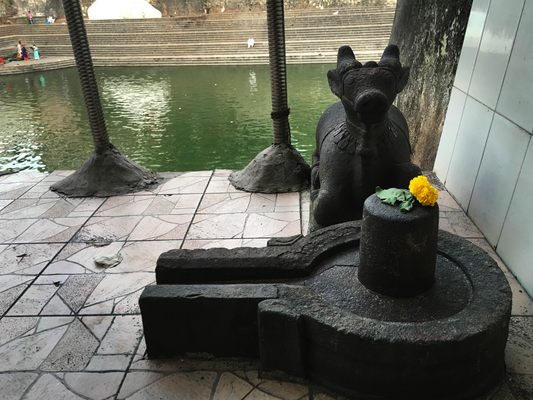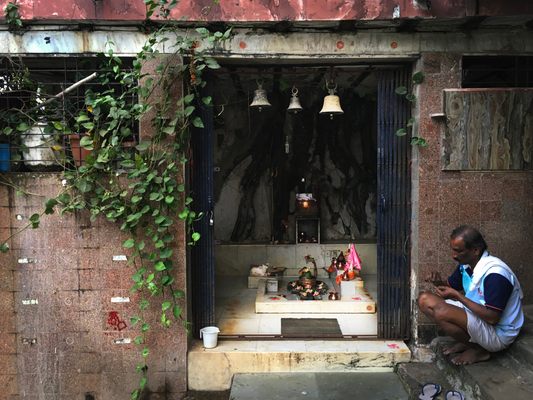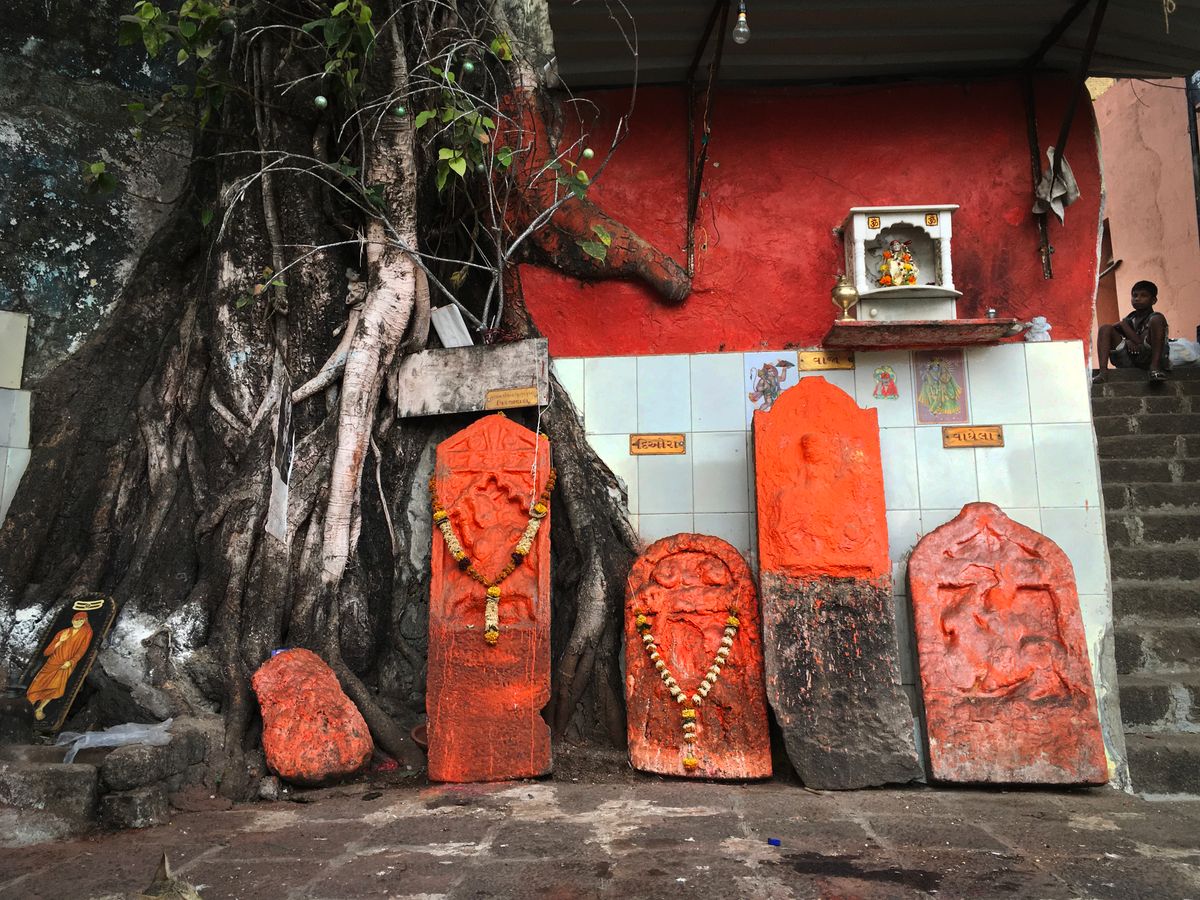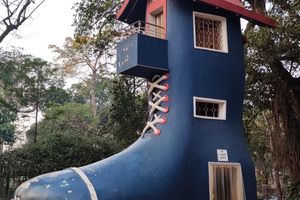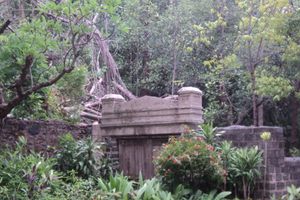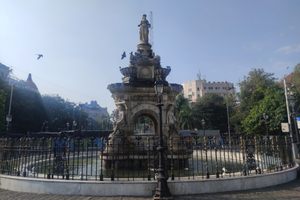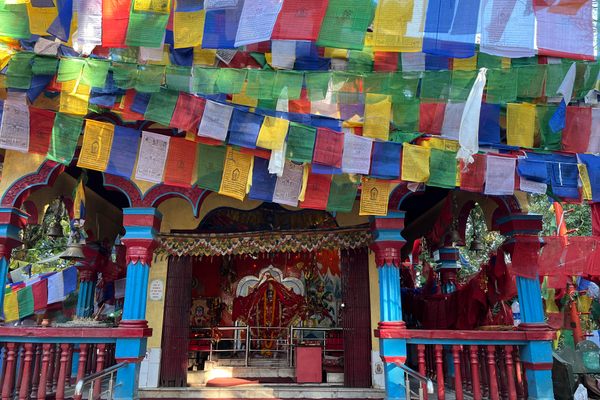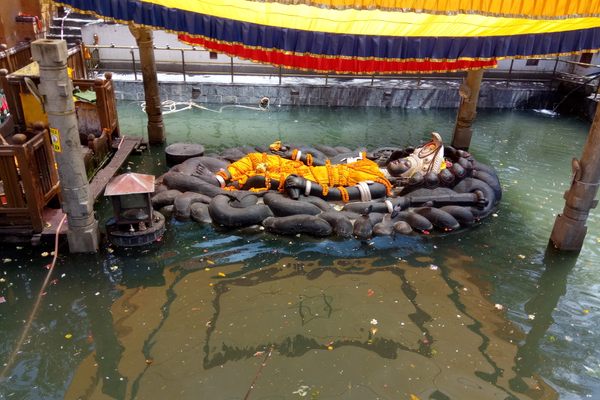About
Nestled behind Mumbai’s posh apartments, in the space where the land slips towards the sea, is Banganga Tank, a large rectangular water tank bordered by a series of steps leading to the water.
At the center of the pool’s still waters, punctuated only by occasional bathers and pilgrims, is a large wooden post adorned with an orange flag. Believers claim that the post is an arrow from the gods. Though the Ganges River snakes its way across the north of India, far from Mumbai’s streets, believers claim that the waters of the most sacred body in Hinduism found their way to Banganga Tank.
Legend has it that the god Rama himself shot his arrow into the ground, springing forth the waters of the Banganga Tank. Today, it derives its name from the Sanskrit word for arrow, bana, and the name of the Ganges, ganga.
The tie to the holiest river in Hinduism means that the Tank, or Talav, is sometimes referred to as the Kashi Ghats of Mumbai, referring to the steps or ghats that line the banks of the Ganges in the city of Varanasi.
Banganga Tank is part of the larger Walkeshwar Temple complex, built in 1127 by the Silhara dynasty in dedication to the god Shiva. After the temple was destroyed during Portuguese rule, it was rebuilt in 1715 with the addition of the Banganga Tank.
Since then, several smaller temples and dharamsalas, or pilgrim rest houses, had sprung up around the Tank, lining the quiet streets around the water’s edge. Today, small, colorful, makeshift shrines line the ghats, while small offerings called prasads lay outside the temples and on the cobbled streets, left by pilgrims to the ancient temple complex.
Related Tags
Delhi and Rajasthan: Colors of India
Discover Colorful Rajasthan: From Delhi to Jaipur and Beyond.
Book NowPublished
January 3, 2018
